Summary Overview
Lab Animals Market Overview
The global lab animal market is steadily expanding, fuelled by rising demand in industries such as pharmaceuticals, biotechnology, research, and education. This market includes a wide range of lab animals, such as rodents, primates, and other species, all of which are essential for various sorts of scientific research and product development. Our report analyses procurement trends in depth, focusing on cost-cutting methods and the use of digital tools to improve procurement and operational procedures at research centres.
Future problems in the lab animal market include managing procurement prices, upholding ethical standards, preserving animal care, and meeting regulatory compliance requirements. Advanced procurement technologies and strategic sourcing are critical for maximizing lab animal acquisition, maintaining research accuracy, and promoting long-term sustainability. As global demand grows, businesses use market information to increase operational efficiency, reduce risks, and navigate complex regulatory frameworks.
Market Size: The global Lab Animals market is projected to reach USD 5.92 billion by 2035, growing at a CAGR of approximately 7.14% from 2025 to 2035.
Growth Rate: 7.14%
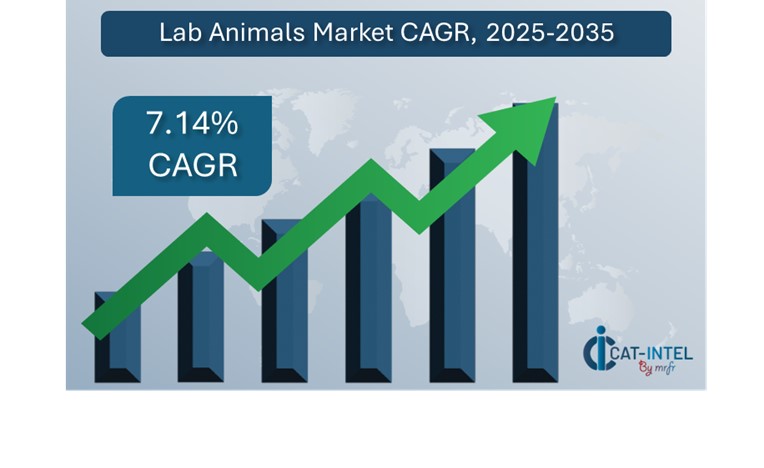
-
Sector Contributions: Growth in the market is driven by: -
Research and Development Advancements: There is a greater demand for real-time data and seamless process integration to improve research efficiency and accuracy. -
Biotech and Pharmaceutical Expansion: Lab animals are increasingly being used in drug development, clinical trials, and medical research, with the goal of improving study outcomes and reducing time-to-market. -
Technological Transformation: Advances in artificial intelligence, machine learning, and data analytics are increasing the precision and efficiency of lab animal research, resulting in more reliable and speedier outcomes. -
Ethical Practice Innovations: Developing alternatives to animal testing and improving lab animal care, which drives both ethical considerations and operational efficiency. -
Infrastructure Investment: Companies and research organizations are investing in enhanced animal breeding, housing, and handling systems to meet rising demand and provide better results -
Regional Insights: North America and Europe continue to dominate the lab animal market, owing to strong research infrastructure and an increasing emphasis on medical innovation.
Key Trends and Sustainability Outlook:
-
Sustainability Practices: There is a greater emphasis on animal care, ethical procurement, and reducing the environmental impact of laboratory animal research. -
Advanced Technologies: Incorporating AI, IoT, and blockchain into research procedures improves data transparency, animal tracking, and decision-making in lab animal management. -
Customization Trends: There is a growing desire for bespoke research solutions, with lab animals being obtained expressly for various industries such as pharmaceuticals, biotechnology, and academic research. -
Data-Driven Insights: Increasing the use of data analytics in lab animal research allows for better tracking of animal health, optimization of breeding programs, and improved scientific study outcomes.
Growth Drivers:
-
Digital Transformation in Research: The adoption of digital technologies in research settings improves operational efficiency, data management, and enables more precise scientific discoveries. -
Automation in Research Processes: There is a growing dependence on automated technologies to expedite repetitive operations in lab animal care and research, hence minimizing errors and bottlenecks. -
Scalability of Research: The necessity for lab animal facilities and systems that can expand to meet expanding research demands, providing high-quality results and long-term operations. -
Ethical and Regulatory Compliance: Ensuring that lab animal research fulfils ethical guidelines and regulatory criteria, utilizing automated technologies to aid manage compliance and improve data accuracy.
-
Globalization of Research Efforts: There is a growing demand for lab animal research solutions that facilitate international research collaborations and adhere to worldwide regulatory standards.
Overview of Market Intelligence Services for the Lab Animals Market:
Recent investigations have shown substantial problems in the lab animal sector, such as high acquisition prices and the complications associated with establishing ethical standards and compliance. Market intelligence studies offer valuable insights that assist firms in identifying cost-saving opportunities, optimizing supplier relationships, and improving procurement strategy. These insights help to meet regulatory requirements while maintaining high-quality standards in animal care and research procedures, ensuring that costs are properly handled without jeopardizing ethical considerations.
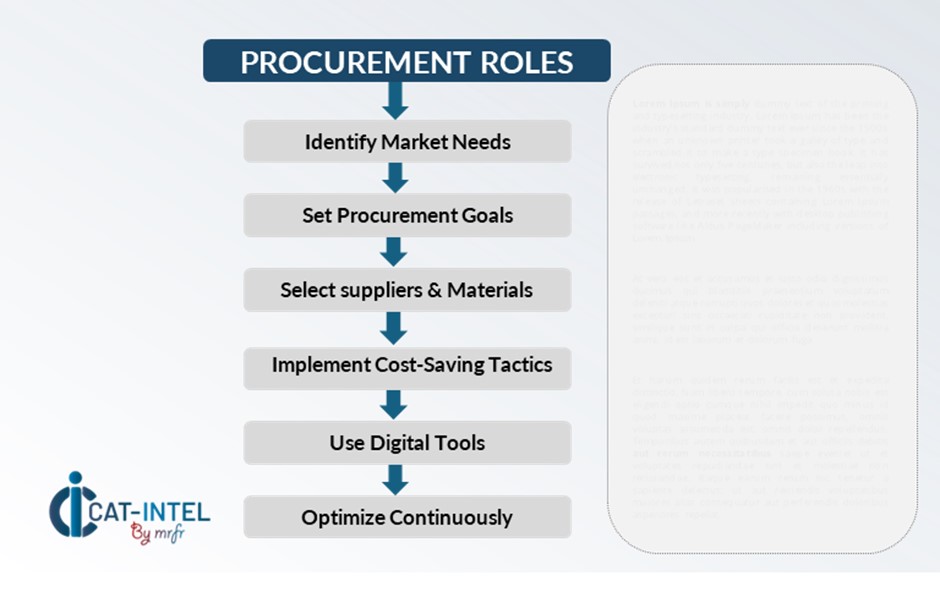
To preserve a competitive advantage in the lab animal market, research institutions and businesses are optimizing procurement processes by applying expenditure analysis and analysing supplier performance. Effective category management and strategic sourcing are critical in lowering procurement costs and assuring a consistent supply of high-quality laboratory animals. Organizations can improve the efficiency and sustainability of their operations by using actionable market intelligence to refine procurement strategies, negotiate better terms with suppliers, and adhere to ethical and legal norms.
Pricing Outlook for Lab Animals: Spend Analysis
The pricing prognosis for laboratory animals is projected to remain moderately dynamic, impacted by several factors that may result in price changes. Advancements in animal care technologies, demand for ethically sourced and specialized lab animals, and cost discrepancies across regions are all important drivers.
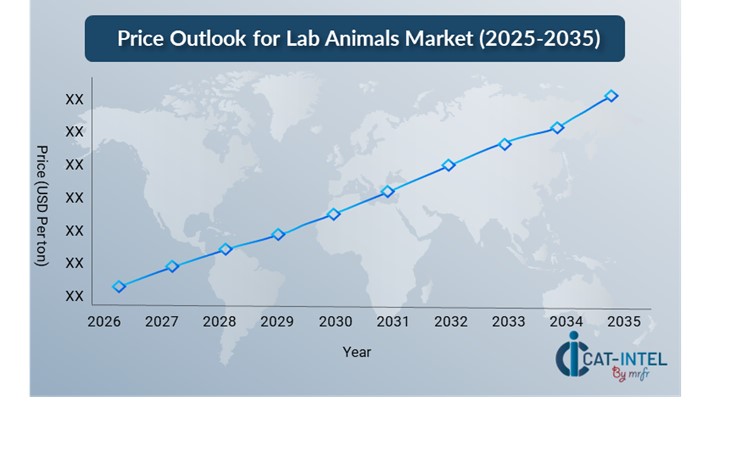
Graph shows general upward trend pricing for Lab Animals and growing demand. However, there may be fluctuations influenced by economic conditions, technological advancements, and competitive dynamic.
Efforts to optimize procurement procedures, improve supplier management, and implement flexible sourcing solutions will be critical for cost control. Digital solutions for market monitoring, advanced analytics-based pricing predictions, and effective contract administration can all help to keep lab animal sourcing costs under control.
Partnering with reliable suppliers, negotiating long-term contracts, and looking at subscription-based or tiered pricing models can all help you manage costs successfully. Despite the hurdles, concentrating on scalability, upholding ethical standards, and leveraging sophisticated technologies to improve lab animal care and management will be critical for preserving cost-effectiveness and promoting high-quality research findings.
Cost Breakdown for Lab Animals: Total Cost of Ownership (TCO) and Cost-Saving Opportunities

- Animal Procurement and Breeding: (40%)
-
Description: This is the main cost component, which includes the cost of purchasing or producing lab animals, as well as the costs of breeding programs, genetic changes, and any specialist species.
-
Trend: The demand for genetically modified and specialized animal models is rising, particularly for precision medicine and disease research.
- Housing & Maintenance: (XX%)
- Compliance and Regulatory: (XX%)
- Research and Administrative: (XX%)
Cost-Saving Opportunities: Negotiation Levers and Purchasing Negotiation Strategies
In the lab animal market, streamlining procurement processes and employing strategic bargaining approaches can result in significant cost reductions and improved operational efficiency. Long-term collaborations with suppliers, particularly those that provide ethically sourced and specialized lab animals, might result in more attractive pricing arrangements, such as volume discounts and bundled services. Multi-year contracts and flexible pricing structures allow you to lock in reduced rates while mitigating cost rises over time.
Collaboration with suppliers who value innovation and ethical standards provides additional benefits, such as improved animal care technology, data tracking systems, and tailored solutions that can help lower long-term operational expenses. Implementing digital procurement technologies like contract management platforms and supply chain analytics improves transparency, minimizes inefficiencies, and maximizes the use of lab animals in research. Diversifying supplier alternatives and implementing a multi-vendor approach can help reduce the risks associated with relying on a single provider, such as supply outages or price adjustments.

Supply and Demand Overview for Lab Animals: Demand-Supply Dynamics and Buyer Intelligence for Effective Supplier Relationship Management (SRM)
The lab animal market is experiencing steady expansion, fuelled by increased demand for ethical research techniques, advancements in biotechnology, and the increasing demand for specialist animal care in industries such as pharmaceuticals, healthcare, and academics. Technological improvements, regulatory restrictions, and global economic situations all have an impact on supply-demand dynamics.
Demand Factors:
-
Research Advancements and Ethical Standards: The rising emphasis on medical research, medication development, and ethical animal testing increases the demand for high-quality lab animals in a variety of businesses.
-
Customization Requirements: Industries like as pharmaceuticals and biotechnology necessitate lab animals that are specifically developed for specific research applications, raising the demand for specialized animals.
-
Regulatory Compliance: Stricter regulations governing animal welfare and ethical research procedures need more sophisticated monitoring systems and better standards for procuring and handling lab animals.
-
Integration with Advanced Technologies: The growing usage of AI, machine learning, and statistical analytics in research amplifies the need for lab animals that can be integrated into advanced monitoring.
Supply Factors:
-
Technological Advancements in Animal Care: Innovations in breeding procedures, animal care practices, and monitoring technologies are improving lab animal quality and increasing supplier competitiveness.
-
Vendor Ecosystem: A rising number of vendors, ranging from specialized breeders to large-scale providers, offer a variety of lab animals, giving consumers a wide range of options based on their research requirements.
-
Global Economic Factors: Regional labour costs, laws, and international trade agreements all have an impact on laboratory animal availability and pricing.
-
Scalability and Flexibility: Modern lab animal suppliers are increasingly providing versatile solutions to meet different needs based on research facility size, budget, and study scope.
Regional Demand-Supply Outlook: Lab Animals
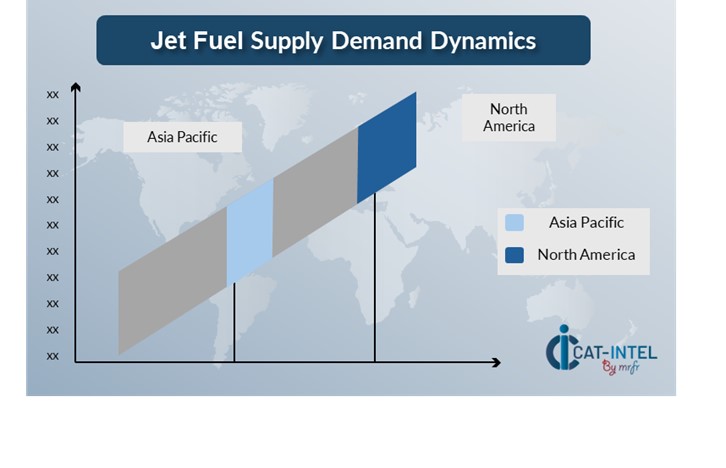
The Image shows growing demand for Lab Animals in both North America and Asia Pacific, with potential price increases and increased Competition.
North America: Dominance in the Lab Animals Market
North America, particularly the United States, is a dominant force in the global Lab Animals market due to several key factors:
-
Technological Advancements in Research: North America is at the forefront of using cutting-edge technology in research and lab animal care, such as artificial intelligence for monitoring animal health and genetic changes to improve study models.
-
Strong Market Infrastructure: The region has a well-developed supply chain and infrastructure, which includes top providers including Charles River Laboratories, Envigo, and Jackson Laboratory.
-
High Investment in Biotechnology Sectors: North America's high levels of investment in the biotechnology and pharmaceutical industries drive rising demand for lab animals.
-
Advanced Research and Development: The strong demand for lab animals in these sectors to assist drug discovery, clinical trials, and medical research contributes to the region's dominant position.
-
Regulatory Frameworks: In North America, animal welfare rules and ethical standards are strong, ensuring that lab animal procurement and use follow set principles.
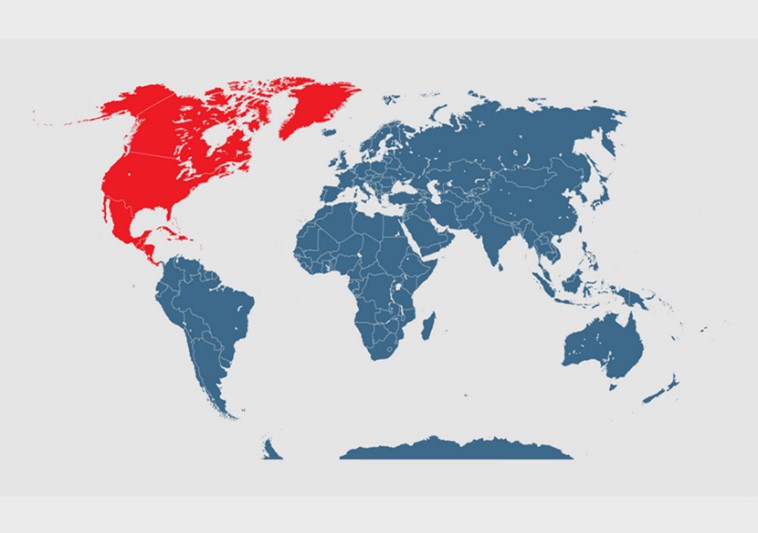
North America Remains a key hub Lab Animals Price Drivers Innovation and Growth.
Supplier Landscape: Supplier Negotiations and Strategies
The supplier environment in the lab animal market is equally diversified and competitive, with a mix of global leaders and specialised regional providers influencing critical elements such as pricing models, animal quality, and regulatory compliance. Major suppliers dominate the market by providing a diverse range of lab animals, whereas smaller, niche providers concentrate on certain species, specialized breeding programs, or innovative animal care technology.
The lab animal supplier ecosystem encompasses significant global markets, with both established firms and innovative local suppliers catering to industry-specific demands in pharmaceutical research, biotechnology, and academia. As the need for ethical research and animal welfare grows, vendors adapt to fulfil those demands. Many are investing in more modern breeding technology, and enhancing animal health monitoring, and enhancing animal care protocols to align with stringent regulations and ethical standards.
Key Suppliers in the Lab Animals Market Include:
- Charles River Laboratories
- Envigo,
- Jackson Laboratory
- Laboratory Corporation of America
- Taconic Biosciences
- Harlan Laboratories
- Wuxi AppTec
- Bio-Serv
- Pharma Services
- Crown Bioscience
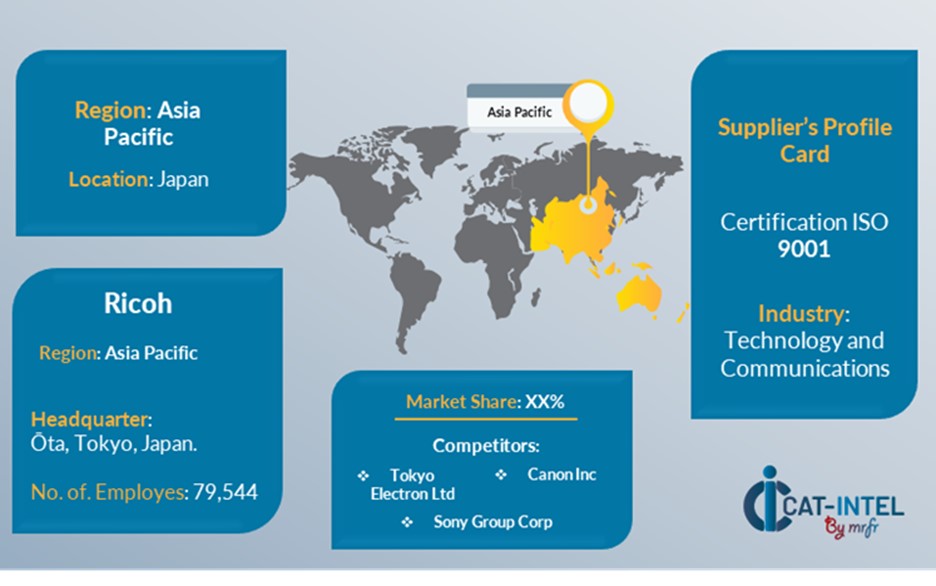
Key Developments Procurement Category Significant Development:
Significant Development |
Description |
Market Growth |
The lab animal industry is expanding rapidly, driven by rising demand in industries such as pharmaceuticals, biotechnology, and academic research, particularly in emerging nations. |
Cloud Adoption |
Cloud-based technologies are becoming increasingly popular for administering lab animal research, driven by the need for scalability, cost-efficiency, and remote access in research institutions. |
Product Innovation |
Suppliers are expanding their products to include innovative animal care technology such as AI-powered monitoring systems, health analytics, and research-focused breeding programs. |
Technological Advancements |
Genetic changes, IoT-enabled animal tracking, and data analytics are increasing lab animal research by improving accuracy and streamlining procedures. |
Global Trade Dynamics |
Changes in international trade agreements, animal welfare standards, and economic policies have an impact on the availability, pricing, and sourcing of laboratory animals for worldwide research. |
Customization Trends |
The demand for lab animals adapted to specific research needs is increasing, with suppliers providing more specialized species, breeding techniques, and ethical sourcing approaches to meet regulatory and scientific standards. |
|
Lab Animals Attribute/Metric |
Details |
Market Sizing |
The global Lab Animals market is projected to reach USD 5.92 billion by 2035, growing at a CAGR of approximately 7.14% from 2025 to 2035. |
Lab Animals Technology Adoption Rate |
Around 70% of research institutions worldwide use lab animal models, with a large increase in demand for ethically obtained and genetically modified animals.
|
Top Lab Animals Industry Strategies for 2025 |
Key methods include raising animal welfare standards, implementing AI and IoT technology for better monitoring and tracking, emphasizing ethical sourcing, and enhancing research transparency.
|
Lab Animals Process Automation |
To improve efficiency and eliminate human error, over half of lab animal research institutions have implemented automated systems for tracking animal health, breeding, and inventory management. |
Lab Animals Process Challenges |
Major issues include ethical concerns about animal care, the expensive expense of raising and maintaining specialised animals, regulatory compliance issues, and a shortage of qualified staff in some regions.
|
Key Suppliers |
Leading providers include Charles River Laboratories, Envigo, and JANVIER Labs, who offer a diverse selection of lab animal types and specialised breeding services.
|
Key Regions Covered |
North America, Europe, and Asia-Pacific are major regions for lab animal adoption, with high demand in the pharmaceutical, biotech, and academic research industries.
|
Market Drivers and Trends |
Growth is driven by the increasing need for biomedical research, breakthroughs in genetic research, expanding need for specialised animal models in drug development, and enhanced regulatory focus on animal welfare.
|








